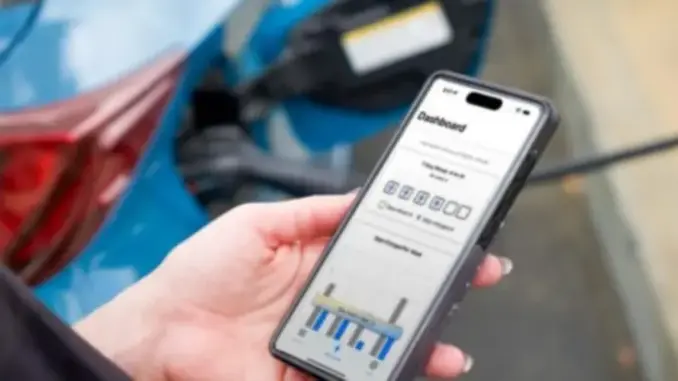
To help drivers get the most out of their electric or plug-in hybrid cars, a new app is currently being trialed. Its purpose is simple but remains too uncommon: alerting the driver when they can or should recharge their vehicle to save as much money as possible.
There is a paradox in the trajectory of plug-in hybrids (PHEV), which combine a conventional internal combustion engine and an electric drive system powerful enough to run on electricity alone for several tens of kilometers. In short, the supposed best of both worlds: daily trips without using a drop of fuel and holiday departures without wondering whether the destination offers charging. If you can charge at home or at work, the plug-in hybrid therefore has many virtues. But without daily access to a socket and without the discipline to charge whenever possible, this technology quickly becomes a nightmare, even an environmental absurdity. That is also why plug-in hybrids were written off a little too quickly.
Because fuel consumption then far exceeds that of a 100% thermal car. Not to mention that most of the time the electric drive system encroaches on other aspects of the car such as the size of the fuel tank — which forces more frequent refueling than expected — or the boot capacity. In short, all the drawbacks, with no advantage. Countless companies have backtracked after equipping fleets with plug-in hybrids, due to operating costs that suddenly exploded. While this late awareness is a good thing, it only concerns motorists who are forced into plug-in hybrids.
An App to Help Recharge Your Hybrid or Electric Car
For those who deliberately choose this technology but do not use it properly, a new supporting app has been developed. Currently tested in the United States and Japan, it aims to be a charging companion, encouraging drivers as much as possible to plug in. First by detecting charging opportunities as they appear by cross-referencing GPS data, then by notifying the driver in real time of the possibility to charge or by indicating the best charging slots to pay less. While the reminder principle is nothing new, the whole point is to do it at the right moment to avoid postponing the task.
Behind this innovation is a research institute that has focused on demonstrating the influence of modest, targeted interventions on our behaviors, such as notifications. Not forgetting, after the warning, a “reward” notification to encourage repeating the behavior. Also included are daily tracking features like graphs to observe changes in one’s own habits. To offer a complete service and a better experience for all users, user data are of course collected in the cloud, with guarantees of their confidentiality.
The results from the test period are reportedly positive, announcing an increase in charging frequency of around 10% for plug-in hybrid owners and driver satisfaction up 16 percentage points. Another tested solution aimed at drivers of fully electric cars saw a 59% shift toward charging hours that coincide with renewable energy peaks, with about an extra half-hour of charging per day per vehicle. Results are apparently very positive, although their significance should be tempered given the prototype nature of the initiative.
What remains a real topic for automakers is education about the technologies in their cars so they are used under the best possible conditions — to benefit both the wallet and the environment. For more on the challenges of EV ownership, see our guide on Electric Vehicle Motion Sickness Causes and Prevention Tips.

Leave a Reply